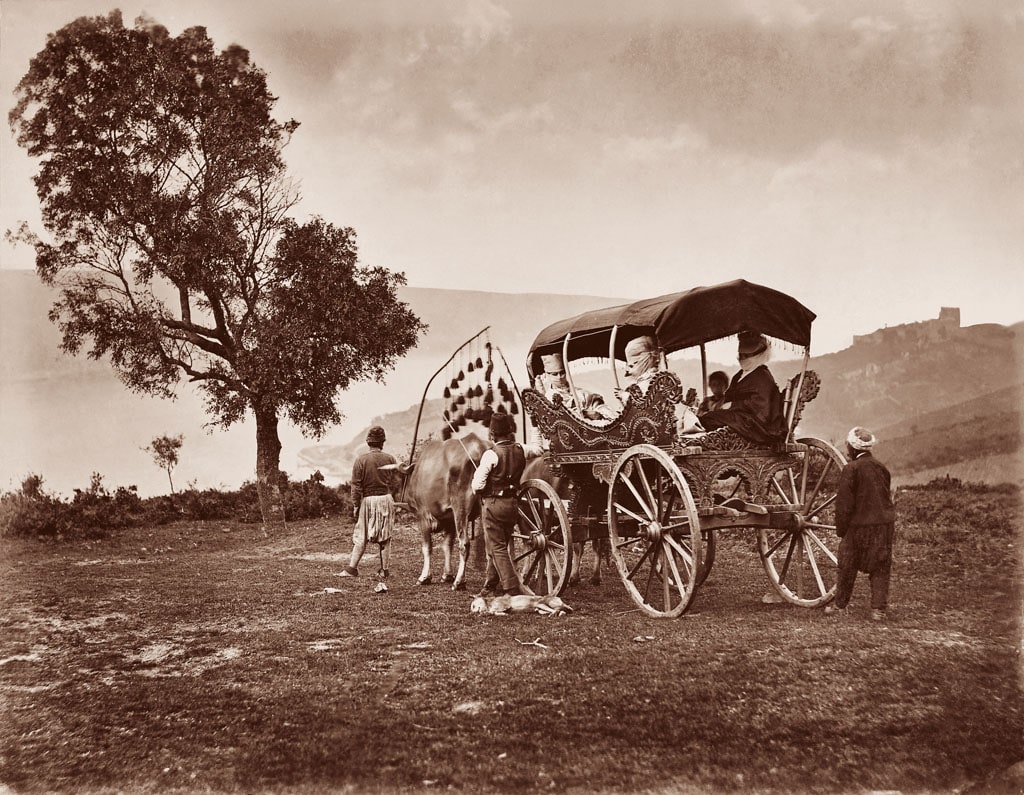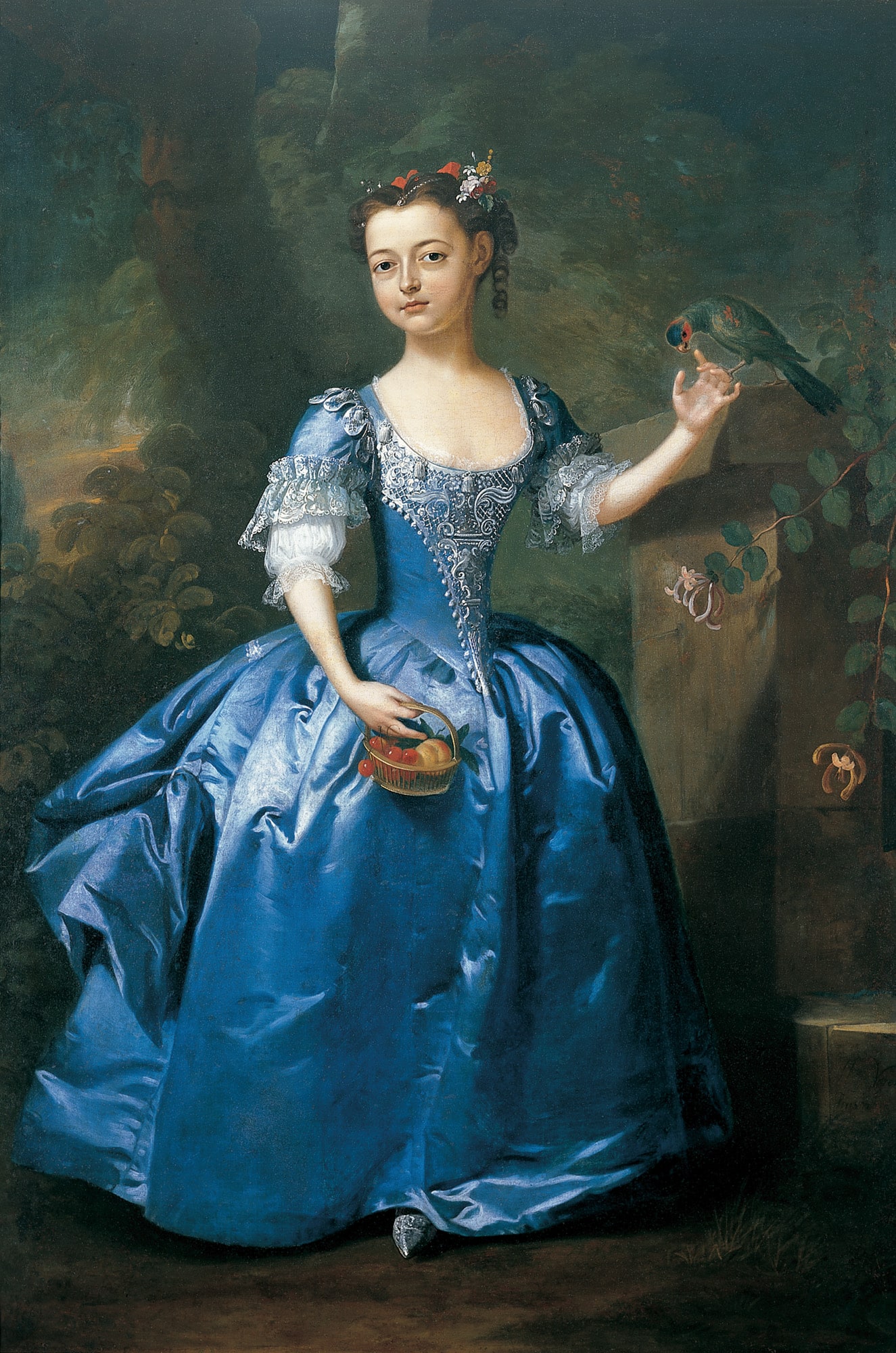Director: Pedro Costa
Portugal, Germany, Switzerland, 2000, 170’, color
Portuguese with Turkish and English subtitles
Pedro Costa’s film is a confluence of documentary and fiction. His protagonist, Vanda, is a non-professional actor who performs in scenes set in her own neighbourhood in the Lisbon slums. Vanda is either selling vegetables in the street or taking drugs in the one-room hovel that she shares with her sister, as the neighbourhood is literally torn down around them by the local authorities. In this framing, Costa offers a rich vision of place and of human defiance in the face of urban planning from above.

Following the opening of his studio, “El Chark Societe Photographic,” on Beyoğlu’s Postacılar Caddesi in 1857, the Levantine-descent Pascal Sébah moves to yet another studio next to the Russian Embassy in 1860 with a Frenchman named A. Laroche, who, apart from having worked in Paris previously, is also quite familiar with photographic techniques.

This life-size portrait of a girl is a fine example of the British art of portrait painting in the early 18th century. The child is shown posing on a terrace, which is enclosed at the right foreground by the plinth of a pillar; the background is mainly filled with trees and shrubs.
Tuesday - Saturday 10:00 - 19:00
Friday 10:00 - 22:00
Sunday 12:00 - 18:00
The museum is closed on Mondays.
On Wednesdays, the students can
visit the museum free of admission.
Full ticket: 300 TL
Discounted: 150 TL
Groups: 200 TL (minimum 10 people)